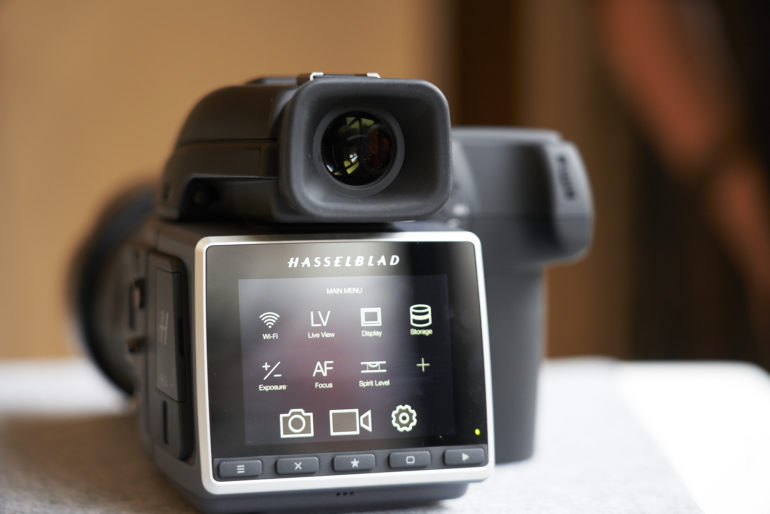
There’s a large number of photographers out there who love to pixel-peep their images. I’m not one of them. I don’t care at looking at the pores on someone’s face, and after a fling with a retoucher, I can tell you that all the work done is just for it to go onto social media anyway. In 2019, the last DSLR the Phoblographer covered was the Hasselblad H6D-400C Multi-shot. This camera was designed for institutions that need that many megapixels for good reasons. For example, museums would be in need of these to preserve artworks and documents that are falling apart or disappearing. Phase One was also big on these. As it is, medium format has been eclipsed by Fujifilm’s entry into the space. Indeed, the world’s most expensive DSLRs are designed more for the folks who work in the processing stage moreso than the shooting stage.
These cameras aren’t for me, and they’re not for you either — most likely. I’m going to be frank here — the world’s most expensive DSLRs are tools designed for very unique and specific scenarios but that incorporate excellent technology into them. As it is, the Fujifilm GFX 100 II can shoot with a multi-shot ability that gives you a 400MP file. “Using in-body image stabilization to precisely shift the sensor by a half pixel between each frame, GFX100 II makes 20 frames in which every red, green, and blue pixel has the same information,” their website says. “The result is a detail-rich file with almost no false colors visible.”
On top of that, Fujifilm builds weather resistance, fast autofocus, scene detection, video recording capabilities, film simulations, and a lightweight body. And their current medium format cameras have 100MP sensors.
So then, why would Hasselblad charge nearly $50,000 for the H6D-400C Multi-shot when Fujifilm doesn’t? Well, there’s a really good reason for that, and it’s not just about the megapixels.
To understand this, I had to go back and dive into the site’s previous coverage and found an article that I wrote. These days, I deal with so many cameras that it’s hard to remember all of them. And yet, at the same time, I even lost one of the most important details as to why these are some of the world’s most expensive DSLRs — it’s the sensor size.
In 2025, we still have yet to have a 645 full-frame medium format sensor stuffed into a mirrorless medium format camera. Instead, the sensors that we see aren’t immensely larger than full-frame 35mm sensors. If you’re completely lost then here’s an explanation.
- APS-C sensors: called cropped sensors because they’re not as large compared to 35mm full-frame sensors.
- 35mm full frame sensors: based off the 35mm film format
- GF format and Hasselblad mirrorless cameras: the equivalent of a cropped sensor in medium format
- Full-frame Medium format sensors: comparable to the 645 film format. These are the fullest expression.
Many of the world’s most expensive DSLRs also had well over 100MP. For example, Phase One had a few that were 150MP.
The world forgot about these cameras partially because of what happened during the pandemic, tariffs, and the camera industry’s emphasis on pushing more video to TikTok and Instagram users. This makes me really wonder if we’re ever going to see a 645 mirrorless camera. Leica is working on a mirrorless medium format camera — and I wonder if they’ll be going with a 645 sensor.
I truly hope they will.

